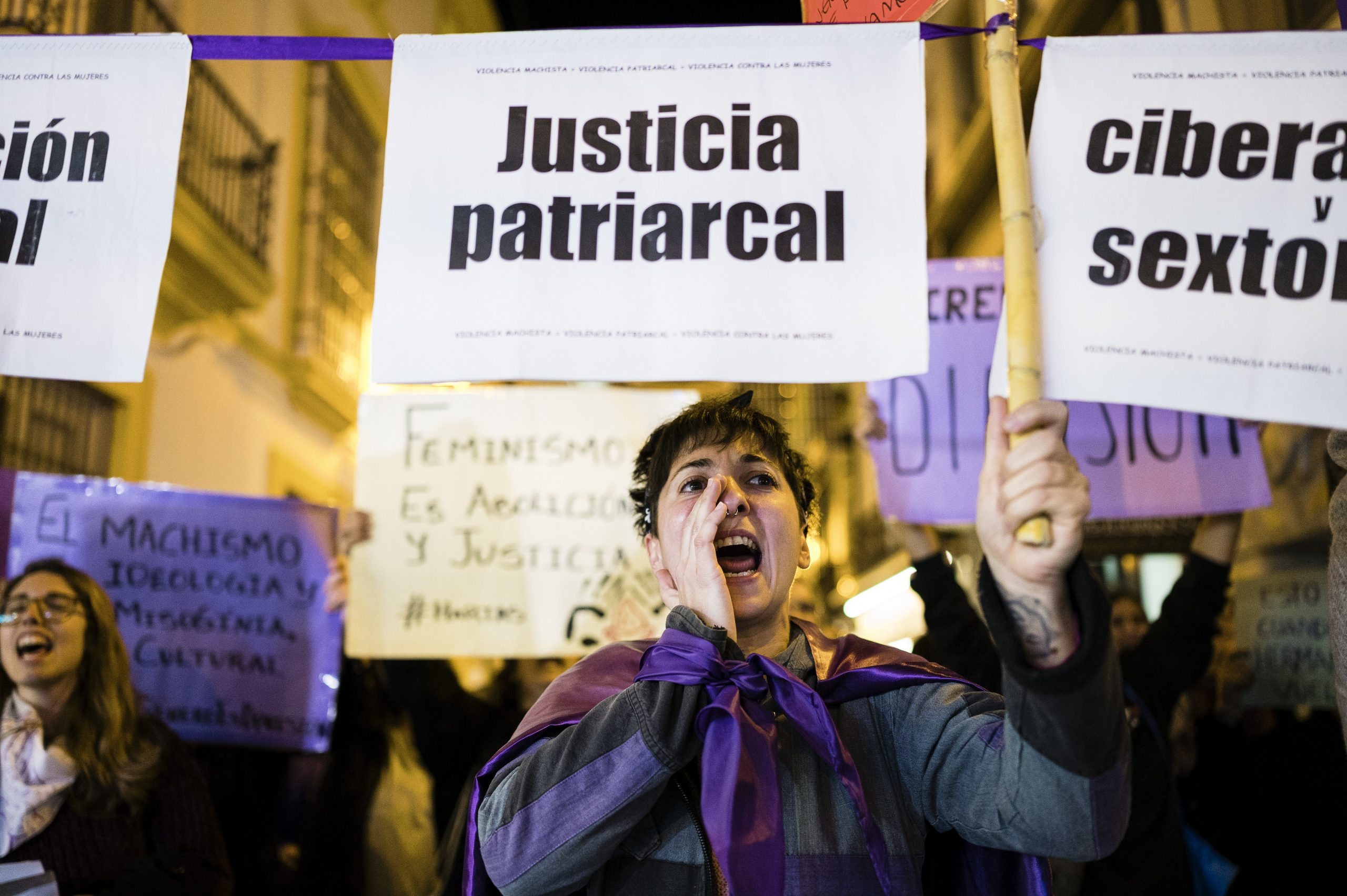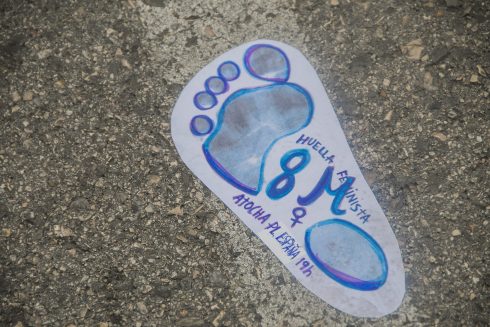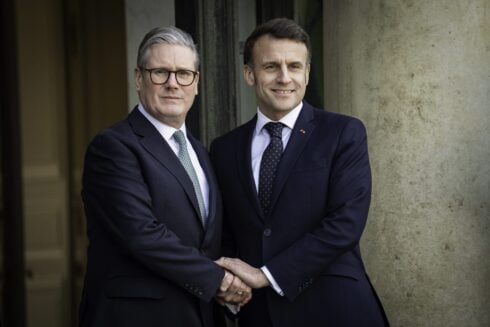Women are fed up with the way the media present them and a recent study showed 94% of women don’t identify with their portrayal in advertising campaigns, despite making up 88% of consumer decisions. Why then have marketing companies got it so wrong?
Gone are the days when women were expected to stay home, tidy away toys, cook up a storm and smack on some lipstick before the hubby returns from work, and yet advertising companies don’t seem to be reflecting this in their campaigns.
This is what Havas Media Group is trying to change in their project which surveyed 2000 women on 20,000 different campaigns from 17 sectors. The results were pretty damning, women don’t feel much connection to adverts and in many cases are offended by them.
Closer inspection of marketing campaigns reveals that 40% of advertising is sexist according to the Association of Users’ Communication (AUC).
Sexism in advertising takes many forms. It could be playing off of gender stereotypes, hypersexualizing the female form or displaying women in a degrading manner. The presence of advertising campaigns that portray women in these ways has become normalized and frequent, nurturing the male gaze which represents women in such a way that empowers men while objectifying and denigrating women.
Whilst the purpose of advertisements for brand marketing is to sell a product, the story behind the advert is also relevant and perhaps even more pervasive, as the viewer is not necessarily aware of the subliminal messaging.
Sexism mishaps in advertising are not exclusively the failings of corporate brands. During the covid-19 pandemic the UK government put out an advert asking people to stay at home, it featured women mopping, reading with the children and ironing while the male partner lounged on the sofa. The advert was quickly retracted after receiving significant backlash.

The current state of affairs is pretty dismal but it’s not all doom and gloom. Obvious cases of sexism are scarce with 35% of creative outlets presenting women and men in interchangeable roles. Overt sexualization of the female body has also reduced significantly, present in only 19% of campaigns.
Even though women in publicity campaigns are adopting a more equal position there continues to be a lack of diversity.
A lot of women depicted in advertising fit the ‘good girl’ look, a term coined by Jane Cunningham and Philippa Roberts who wrote the book Brandsplaining: Why Marketing is (Still) Sexist and How to Fix it. The term describes the prevailing female media portrayal: attractive, thin, usually white, passive and agreeable, she’s probably married with children or destined for that life. Only 12% of adverts depict women who don’t fit that mold.
Given that only 1 in 20 adverts feature exclusively women, making sure that they are representative of the average woman shouldn’t be an impossible task. This latest research concludes that women don’t want to be presented as ‘superwomen’ seen as holding down top jobs and a family or being above average in appearance and that there needs to be a more natural approach to their portrayal, less looks and glam and more reality.
READ MORE:
- Spain becomes first European country to allow sick leave for women suffering period pain
- Poll: 22% of women in Spain say they have been sexually assaulted
- Spain has just one police officer for every 60 women at risk of domestic violence
Click here to read more News from The Olive Press.








